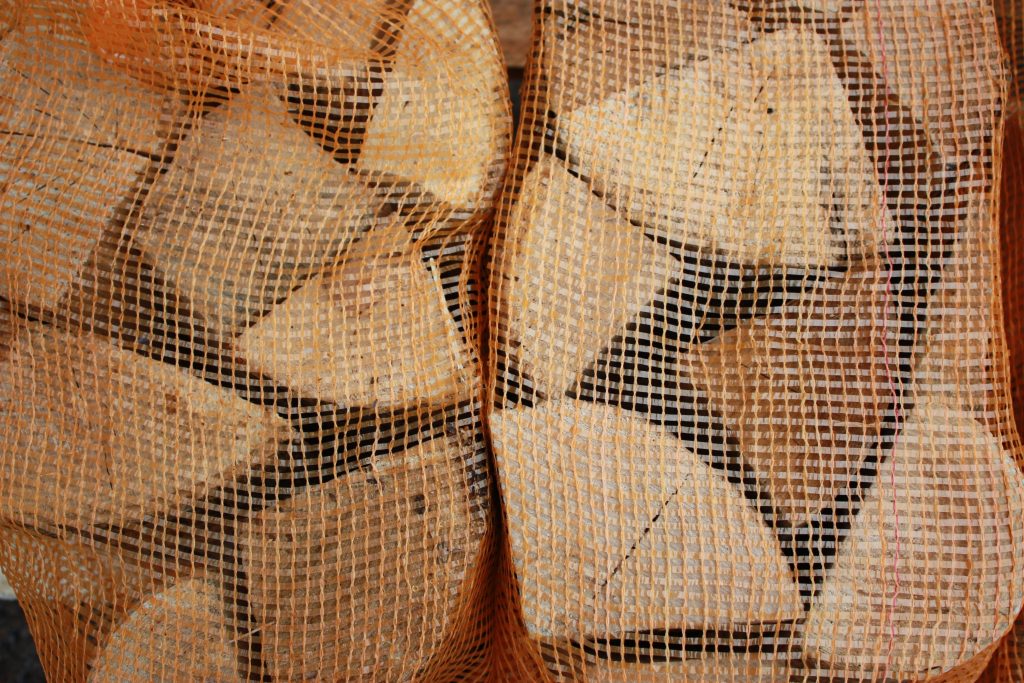Clean Air Strategy 2019
- August 26, 2023
- by admin

Burning the wrong fuels at home, such as wet wood or traditional house coal, releases harmful smoke into the air which, when mixed with other emissions in your chimney, can affect your health.
If you have an open fire or stove, below outlines some easy steps you can take to improve the way you burn.
To help improve the air we breathe and ensure householders choose cleaner fuels, sales of traditional house coal and wet wood (the two most polluting fuels) have been phased out in England. Wood sold in volumes of less than 2m³ must be certified as ‘Ready to Burn’. This confirms it has a moisture content of 20% or less. Manufactured solid fuels must also be certified as ‘Ready to Burn’ to confirm they meet sulphur and smoke emission limits. Traditional house coal (bituminous coal) can no longer be sold.

Cleaner alternatives such as dry wood and manufactured solid fuels not only
produce less smoke and pollution than wet wood or traditional house coal, but are also cheaper and more efficient to burn.
When buying solid fuels, look for the Ready to Burn logo.
Additional rules apply in smoke control areas in England, Scotland, Wales and Northern Ireland.
Why is it important to improve the way we burn in the home?
Air pollution is the biggest environmental risk to public health and we need to take action to reduce the most damaging air pollutants.
Burning at home is a major contributor to a type of pollutant called fine particulate matter, which is present in smoke. These tiny particles can damage your lungs and other organs, and harm the health of you and your family.
Making small changes to how you burn can provide benefits such as helping to:
- improve the air we all breathe by reducing the amount of pollution produced
- keep you and your family safe by reducing the risk of chimney fires
- get the most out of your open fire or stove so that it performs better, helping you use less fuel to produce more heat
How do you know which fuels to burn?

It can be difficult to know which fuels to choose to reduce pollution. Wood sold in volumes under 2m³, and manufactured solid fuels, must be certified as ‘Ready to Burn’. If you buy fuel accompanied by the ‘Ready to Burn’ logo, you can be confident that you are protecting yourself and your family from the effects of the most polluting fuels.
To find out which areas of England are designated smoke control areas, please visit the smoke control area map. Please note, the data on this map is indicative only and you should always contact your local authority to confirm if you live in a smoke control area.
There are additional regulations that apply to burning in these areas and you could be committing an offence if smoke is released from the chimney of your home: See www.gov.uk/smoke-control-area-rules for details.
You should always check which fuel types are recommended for your appliance. Using the wrong fuel could damage your appliance, affect your chimney, as well as invalidating your warranty.
Wood
If you are buying wood in smaller volumes (up to 2m³), you should look for the approved ‘Ready to Burn’ logo. The logo confirms that the fuel has a moisture content of 20% or less. You will find the logo on the fuel’s packaging, alongside it on the shelf or next to the price. The logo will be accompanied by the manufacturer/supplier’s details, and a certification number.
We recognise that many people dry out (or season) their wood for use at a later stage. You can buy wood in larger volumes (2m³ or more) with a higher moisture content. This will be sold with guidance for consumers on how to dry it to ensure that it is suitable for burning. People who have access to their own wood supply are advised to store this in a dry area, allowing it to air dry for a least 2 years before burning. We would also advise people to use a moisture meter to establish the water content and not burn wood with a moisture content above 20%.
Burning wet wood produces lots of smoke and creates tar deposits which can damage your appliance and chimney, increasing maintenance costs and the risk of chimney fires.
Look for sustainably sourced wood. Make sure that you store it in a way that keeps it dry. You’ll get less smoke and better heat efficiency. This also means your appliance and chimney will require less maintenance, saving you money in the long run.
When selecting wood you should:
- look for the ‘Ready to Burn’ logo on packaging
- ask your supplier for advice on how to properly store and season wood at home, especially if you’re buying loose logs to dry yourself
- store logs in a dry area, allowing them to air dry for at least 2 years before burning if you’re producing your own logs for burning
- use a moisture meter to measure the water content of the wood – moisture levels should be 20% or less before burning
- check for signs your wood is ready to burn if you cannot use a moisture meter
- weight – when comparing similar sized logs and the same species, if the log is heavier this can indicate it is still wet
- sound – a hollow sound when tapping indicates dry logs
- cracked ends – can indicate dry logs
- bark – the looser the bark the drier the log
- colour – dry wood can be lighter in colour
- always avoid burning treated wood, such as painted, stained or chemically treated wood (such as old furniture, pallets and medium density fibreboard) – these release dangerous pollutants which could have a serious impact on human health
The Forestry Commission has more information on their website about choosing and drying logs (PDF).
Manufactured Solid Fuels
You should look for the approved ‘Ready to Burn’ logo. The logo confirms that the fuel meets the sulphur and smoke emission limits. Consumers will find the logo on the fuel’s packaging, alongside it on the shelf or next to the price. The logo will be accompanied by the manufacturer/supplier’s details, and a certification number.
Manufactured solid fuels are available in a range of forms, such as briquettes and fire logs.
Before purchasing manufactured solid fuels, check your appliance manual to make sure which specific fuels can be used. Incorrect use can cause damage to your appliance.
Check this list of fuels that are approved for burning in smoke control areas and can be used more widely.
These manufactured solid fuels are exempt from the certification requirements:
- coffee logs
- olive logs
- wine logs
- fuels where they are mostly made of wheat husks, straw, miscanthus, bamboo or compressed food waste
Related Post
Shop Opening hours
Mon to Fri: 11-5
Sat: 9:30-5
Sun: 11-4
- 105 Chesterfield Road Sheffield, S8 ORN, United Kingdom.
- richard@thelogshopsheffield.com
- 0114 258 9873

